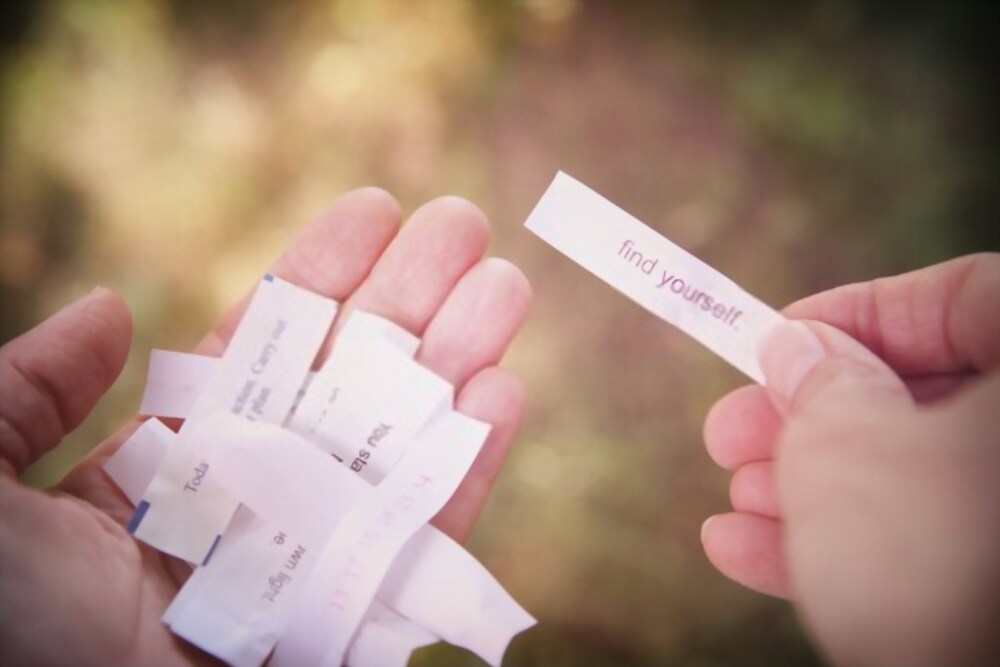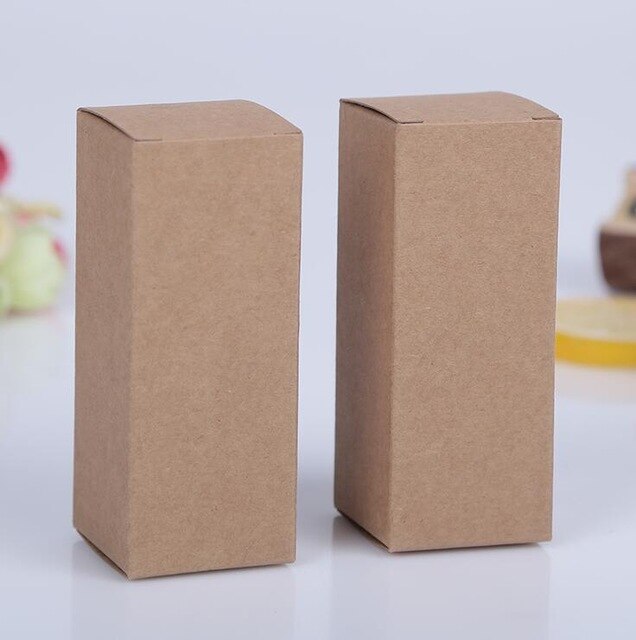In the world of sparkling wines, Champagne stands as a symbol of elegance, celebration, and timeless sophistication. While non-vintage Champagnes dominate the market, there’s an intriguing allure to discovering and indulging in the nuanced flavors of vintage Champagne. Explore the nuanced world of wine with some of the best Pinot Noir selections, each offering a unique and delightful tasting experience. This article invites you on a journey into the enchanting realm of vintage Champagne, exploring its unique characteristics, the art of production, and the unparalleled experience it offers to discerning enthusiasts.
The Essence of Vintage Champagne:
1. Defining Vintage Champagne:
Unlike non-vintage Champagnes, which blend wines from multiple years, vintage Champagnes are crafted exclusively from grapes harvested in a single exceptional year. This singular focus on the characteristics of a specific vintage yields wines that mirror the unique climate and conditions of that particular growing season.
2. The Influence of Terroir:
Vintage Champagnes are often celebrated for their expression of terroir, the unique combination of soil, climate, and grape variety that imparts distinctive qualities to the wine. Each vintage tells a story of the weather patterns, grape ripening conditions, and the meticulous efforts of winemakers to capture the essence of that specific year.
Crafting Vintage Champagne:
1. Harvesting and Selection:
The decision to produce a vintage Champagne begins with the grape harvest. Winemakers carefully assess the quality of the grapes, considering factors such as sugar content, acidity, and overall ripeness. Only in exceptional years, when the grapes showcase unparalleled qualities, is a vintage declared.
2. Meticulous Production Process:
Once the grapes are selected, the winemaking process begins. The grapes are gently pressed, and the juice undergoes primary fermentation. Vintage Champagnes often undergo longer aging periods, allowing the wine to develop complexity and depth. Some producers choose to ferment the wine in oak barrels, imparting additional nuances to the final product.
3. Secondary Fermentation and Aging:
After the initial fermentation, the wine undergoes a secondary fermentation in the bottle, creating those characteristic bubbles. The extended aging period on the lees (dead yeast cells) contributes to the development of autolytic flavors, bringing forth notes of brioche, toast, and hazelnuts. This time-intensive process is a hallmark of quality vintage production.
The Pleasure of Tasting Vintage Champagne:
1. Distinctive Flavor Profile:
Vintage Champagnes offer a spectrum of flavors that evolve with age. In their youth, they may showcase vibrant fruitiness and floral notes. As they mature, the secondary characteristics emerge, revealing a complexity that captivates the palate.
2. Aging Potential:
One of the exceptional qualities of Champagne is its aging potential. While many non-vintage Champagnes are crafted for immediate enjoyment, vintage counterparts often benefit from additional years of cellaring. The patience to allow these wines to age rewards enthusiasts with a symphony of flavors and textures.
Also Read: 8 Delicious Dessert Toppings
Discovering and Enjoying Vintage Champagne:
1. Producers and Houses:
Reputable Champagne houses and producers are known for their commitment to excellence. Names like Dom Pérignon, Krug, and Salon are synonymous with crafting exceptional vintage Champagnes. Exploring the offerings of these esteemed houses unveils a world of distinctive expressions.
2. Vintages to Remember:
Certain years are hailed as exceptional in Champagne, producing memorable vintage releases. Examples include the legendary 1996, the harmonious 2008, and the opulent 2002. Exploring wines from these standout years offers enthusiasts a glimpse into the finest expressions of vintage Champagne.
3. Tasting Rituals:
When indulging in vintage, consider the significance of the occasion. These wines are crafted for moments of celebration and reflection. Use tulip-shaped glasses to capture and concentrate the delicate aromas, serving the wine at the ideal temperature to enhance the tasting experience.
Conclusion:
Discovering vintage Champagne is a journey into the artistry of winemaking, a celebration of the unique characteristics of each extraordinary year. From the careful selection of grapes to the extended aging process, every step in crafting vintage Champagne reflects a commitment to excellence. Whether enjoyed in the effervescence of youth or savored after years of patient aging, vintage Champagne is an invitation to savor the elegance, complexity, and timeless allure of this extraordinary wine.



